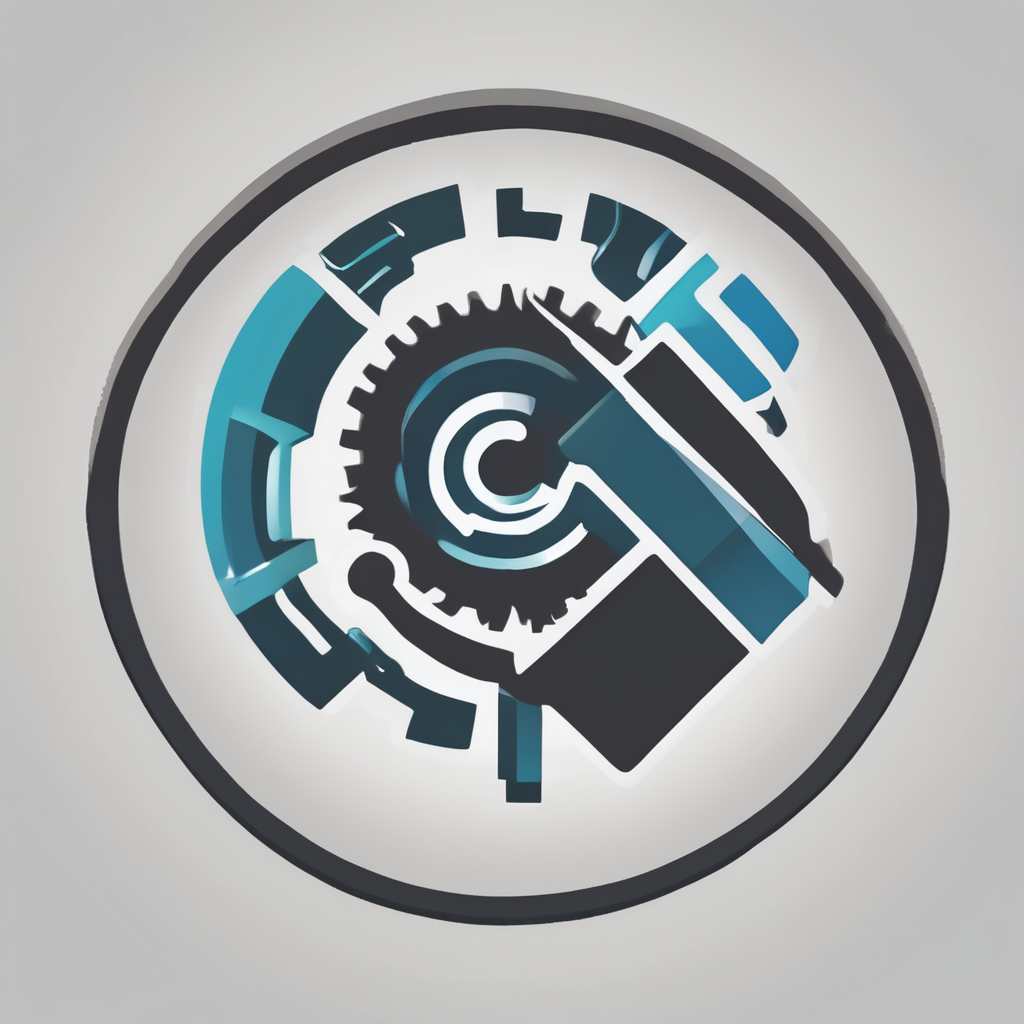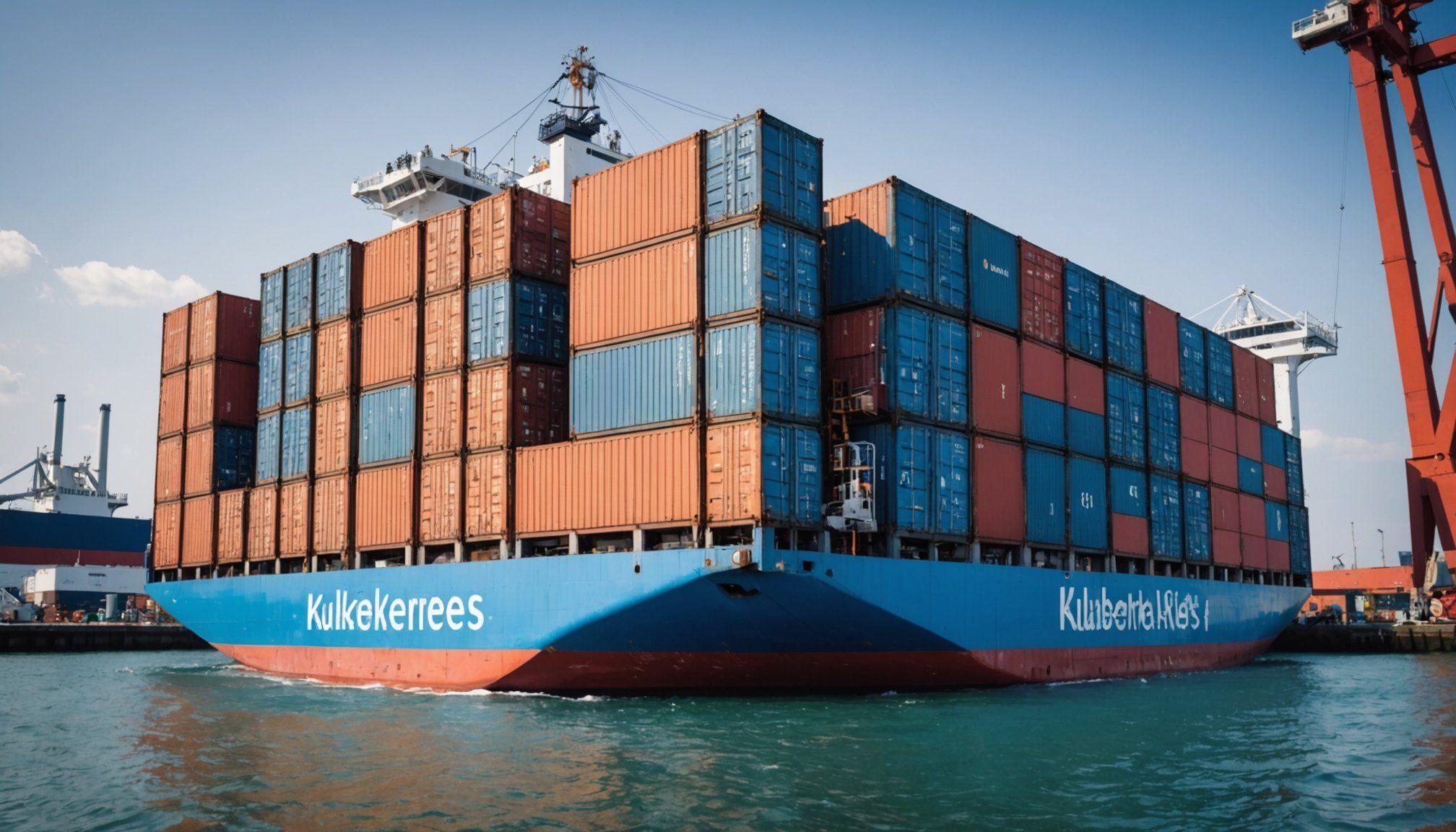Introduction to Kubernetes Security
Kubernetes has become an essential system for container orchestration, streamlining the deployment, scaling, and management of applications. However, as you embrace Kubernetes, understanding its security implications is crucial. Kubernetes security is pivotal in safeguarding containerized applications, ensuring safe and efficient operation within your infrastructure.
Containers offer a modern approach to application isolation. But with this innovation comes the challenge of maintaining robust application protection. As Kubernetes organizes these containers, any vulnerability within its ecosystem can lead to significant security breaches. Thus, securing your containerized applications is not just a best practice—it’s a necessity. Knowing the common security threats can help you stay one step ahead.
In the same genre : Unlocking mtls: enhancing secure communication for microservices in kubernetes
Firstly, consider that common vulnerabilities include inadequately configured permissions, insecure network traffic, and outdated software components. Attackers might exploit these to gain unauthorized access or intercept data. By addressing such vulnerabilities, you can enhance the overall security posture of your Kubernetes environment. Implementing correct access controls, applying regular patches, and encrypting data are effective strategies.
Kubernetes security, therefore, is not just about safeguarding data but also ensuring the seamless, resilient operation of your applications. By focusing on robust security measures, organizations can leverage Kubernetes’ full potential without compromising on safety.
This might interest you : Ultimate blueprint for setting up a secure openldap server on ubuntu: a comprehensive step-by-step tutorial
Key Security Strategies for Kubernetes
Implementing effective security strategies for Kubernetes is crucial in maintaining a robust container environment. Role-based access control (RBAC) is pivotal in defining and managing user permissions, ensuring that individuals have access only to what they need for their tasks. This not only minimizes the risk of unauthorized access but also enhances accountability within the system. By configuring RBAC appropriately, organizations can enforce Kubernetes best practices efficiently.
Furthermore, setting up network policies is essential to regulate traffic flow between different components within the Kubernetes environment. These policies allow for granular control over communication, enhancing the overall security posture. By defining which pods can communicate with each other, you can prevent unwanted network exposure and potential data breaches.
An integral part of containers security measures is adhering to the principle of least privilege access. This principle dictates that users and processes should only have the minimal permissions necessary to perform their functions. By limiting access rights, the risk of compromising a Kubernetes cluster is significantly reduced.
Implement these security measures to protect your Kubernetes deployments, ensuring that your container ecosystem remains secure and well-guarded against potential threats.
Container Image Management
In the ever-evolving landscape of containerized applications, image vulnerability scanning is crucial for ensuring container image security. Tools like Clair, Trivy, and Anchore provide extensive scanning capabilities, identifying vulnerabilities within images before deployment. These tools scan container images against known vulnerability databases, providing developers with critical insights into potential security risks.
Adopting best image management practices is essential to maintain security integrity. Start by using images from trusted sources, such as official repositories and vetted open-source projects. This reduces the risk of introducing malware or vulnerabilities into your environment. Regularly updating these images as new vulnerabilities are patched is equally vital.
Furthermore, implement a consistent tagging strategy to track and audit images effectively. This facilitates easy rollbacks and ensures that only secure image versions are in production. Incorporating automated scanning into your CI/CD pipelines can streamline the process, ensuring vulnerabilities are caught early in the development cycle.
Prioritising container image security not only protects applications but also builds user trust by demonstrating a commitment to safeguarding data. Adhering to robust management practices allows organisations to harness the benefits of container technology without compromising on security, promoting a more resilient software ecosystem.
Runtime Security and Monitoring
Implementing runtime protection involves using techniques such as application whitelisting, control flow integrity, and runtime encryption. These methods help ensure that applications run safely and that anomalies are quickly identified. Continuous monitoring is crucial in maintaining system security. Tools like intrusion detection systems (IDS) and security information and event management (SIEM) solutions allow for real-time surveillance of network activity and potential threats.
Continuous monitoring tools are invaluable as they provide alerts on suspicious actions, allowing for immediate containment measures. Intrusion detection systems help identify unusual patterns, while SIEM platforms aggregate and analyze log data from diverse sources, offering comprehensive visibility.
Establishing an effective security incident response plan is essential. This plan should outline clear procedures for identifying, containing, and resolving security breaches. An efficient response plan minimizes damage and recovery time. Ensure your plan includes:
- A dedicated response team with defined roles.
- Communication strategies to inform stakeholders.
- Post-incident analysis to prevent future breaches.
Runtime protection and continuous monitoring, coupled with a robust incident response strategy, form a dynamic security framework, enhancing the ability to promptly address and mitigate threats as they occur.
Compliance and Regulatory Standards
Navigating the intricate landscape of compliance frameworks is crucial for any organisation deploying containerized applications. Among the key frameworks, the General Data Protection Regulation (GDPR) and the Health Insurance Portability and Accountability Act (HIPAA) play significant roles, ensuring data privacy and security. Aligning with these frameworks not only safeguards sensitive information but also fortifies trust with users and clients alike.
Adherence to industry security standards is equally vital. The Centre for Internet Security (CIS) benchmarks provide comprehensive guidelines tailored for Kubernetes environments, aiming to mitigate vulnerabilities and reinforce security postures. Implementing these standards can prevent unauthorised access and potential data breaches.
Furthermore, conducting frequent audits and compliance checks is indispensable. These assessments help identify lapses in adherence to regulatory requirements, offering insights into areas needing improvement. Audits also play a vital role in maintaining continuous compliance, thereby reducing the risk of penalties and reputational damage.
Ensuring your Kubernetes environment is consistently meeting these regulatory requirements is not just about avoiding penalties; it’s about leveraging robust security and privacy measures to drive business success. By embedding such practices, organisations can better align their operations with legal and industry expectations, ultimately leading to a more secure and efficient IT infrastructure.
Case Studies: Successful Kubernetes Security Implementations
In exploring Kubernetes security, real-world examples provide insightful guidance. Numerous organizations have faced and overcome security challenges by implementing robust strategies. These case studies serve as valuable lessons in maintaining Kubernetes application security.
One notable example involved a fintech firm that vested heavily in role-based access control (RBAC) to guard against unauthorized access. By structuring permissions tightly, the organization minimized risk, ensuring that only essential permissions were granted. This approach to RBAC is a blueprint for companies seeking enhanced application security.
Another case study highlights a healthcare provider that adopted network policies to segment and isolate workloads. By employing this real-world example, they successfully curbed lateral movement of threats within their Kubernetes clusters. This strategy reinforced the necessity of using network policies to bolster security.
Moreover, a digital marketing agency prioritized regular updates and patches, learning a crucial lesson in staying ahead of vulnerabilities. This routine maintenance is a reminder of its critical role in effective security implementations.
From these case studies, it’s clear that vigilance in Kubernetes security involves multiple layers. They underscore the importance of adopting multi-faceted strategies to protect data and maintain the integrity of infrastructures. These practical insights help other organizations enhance security protocols, fostering a robust defence against potential threats.
Tools and Resources for Kubernetes Security
Navigating the complex world of Kubernetes security can be daunting, but having the right tools and resources can significantly enhance your protection strategy. Various recommended Kubernetes security tools play a critical role in ensuring your clusters remain secure. For instance, open-source options like Aqua Security’s Trivy can help identify vulnerabilities in container images, while Kube-bench checks your cluster against industry security benchmarks.
Beyond tools, leveraging resources is essential for continuous learning and support. Online communities, such as the Kubernetes Slack channel or forums like Stack Overflow, provide platforms to discuss challenges and solutions with peers who have faced similar issues. These communities serve as invaluable resources, offering real-time support and shared experiences from seasoned professionals.
To further elevate your security frameworks, educational materials are available to enhance your understanding of Kubernetes security principles. Tutorials and webinars from established sources, including the Cloud Native Computing Foundation (CNCF), offer in-depth insights and practical guidance. Additionally, certifications such as the Certified Kubernetes Security Specialist (CKS) can bolster your credentials and deepen your expertise. Embracing these resources fosters a robust security culture, enabling efficient management of your Kubernetes environment.











